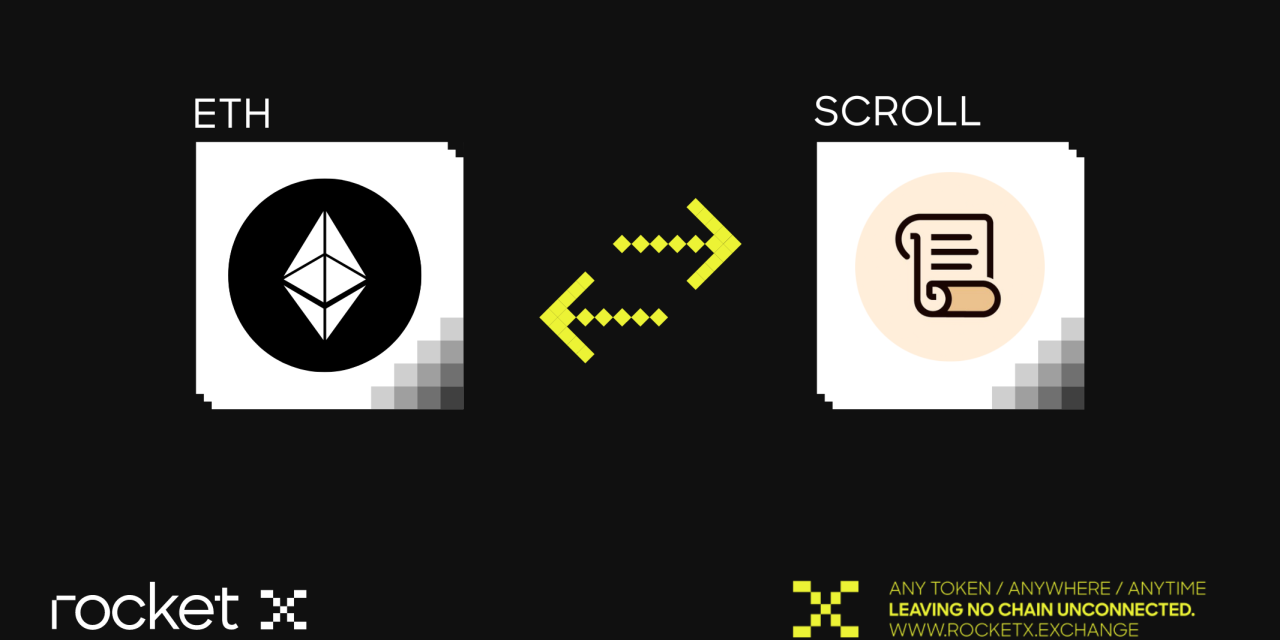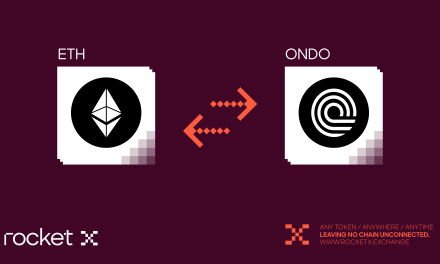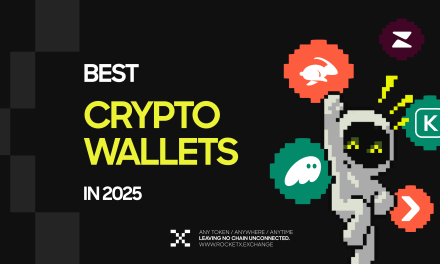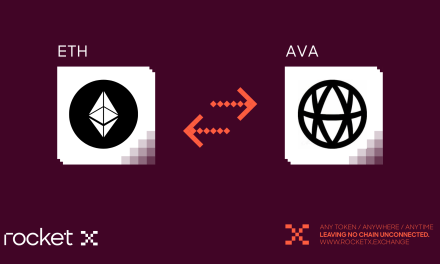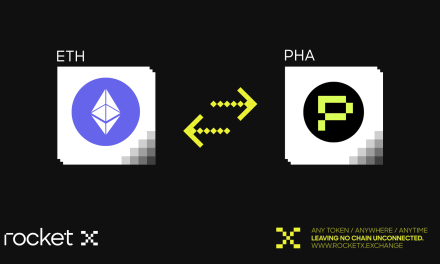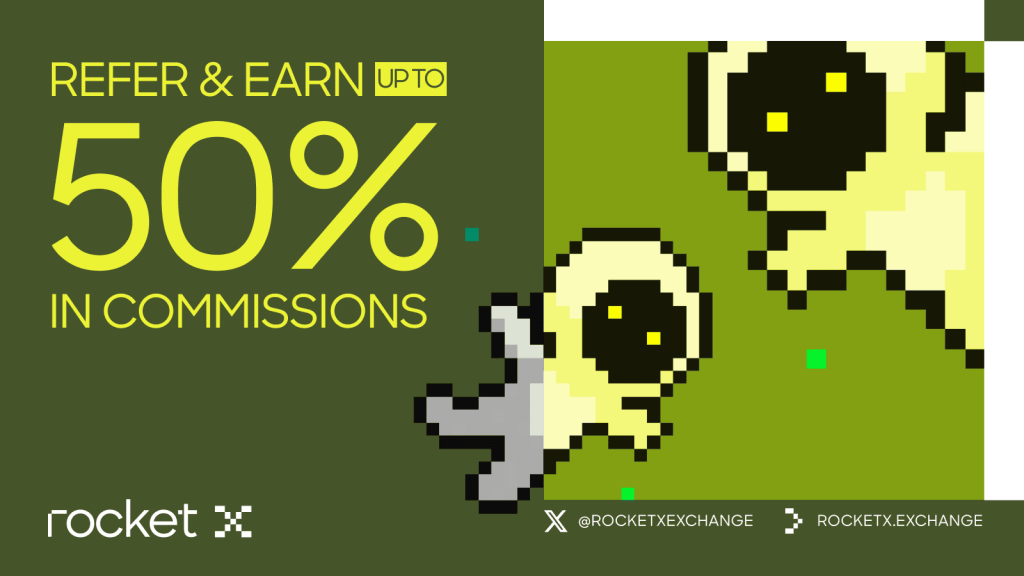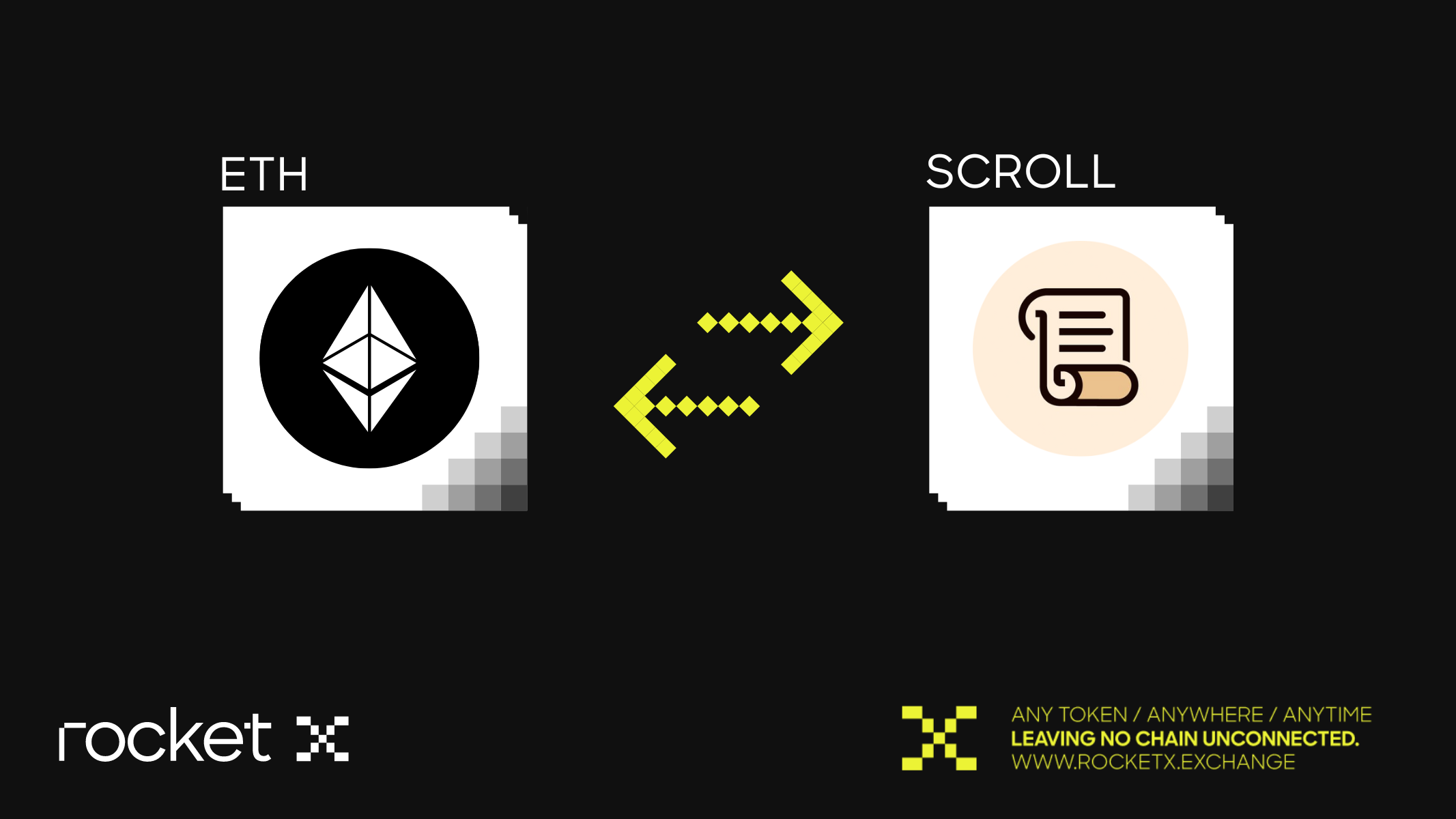
Introduction
Moving assets between different blockchains quickly and efficiently has long been a challenge. The Scroll blockchain offers a new solution that makes transactions faster and cheaper. In this blog, we will explore how to bridge your assets to this Layer 2 network for faster cross-chain transactions and learn how to qualify for the network’s airdrop by simply participating in the network.
What is Scroll Network
Scroll is a Layer 2 scaling solution for Ethereum that employs zero-knowledge rollups (zk-rollups) and zkEVM technology to boost scalability, reduce transaction costs, and maintain security and decentralization. By processing transactions off-chain, it alleviates congestion on the Ethereum mainnet, leading to faster and more economical transactions.
What is Layer 2 Scaling?
Layer 2 scaling solutions are created to increase the transaction capacity of blockchain networks while maintaining security. These solutions function by handling transactions outside the main blockchain (Layer 1) and then adding the outcomes back onto it. This method decreases the burden on the main blockchain, resulting in faster and more affordable transactions. Scroll’s use of zk-rollups serves as a great example of a successful Layer 2 solution.
How Scroll Network Works
Scroll’s functionality relies on zk-rollups, a technology that aggregates numerous off-chain transactions into a single proof before submitting it to the Ethereum mainnet. This approach minimizes the amount of data processed on the mainnet, reducing gas fees and accelerating transaction speeds. Additionally, the implementation of zkEVM (Zero-Knowledge Ethereum Virtual Machine) guarantees the efficient and secure execution of smart contracts within its Layer 2 environment, while maintaining compatibility with Ethereum’s existing ecosystem.
- Transaction Bundling: Scroll aggregates transactions off-chain to reduce the load on the Ethereum mainnet.
- Proof Submission: Submits a single proof to the mainnet, ensuring all transactions are valid and secure.
- Smart Contract Compatibility: Allows existing Ethereum smart contracts to run without modifications, ensuring a smooth transition for developers.
The Role of zkEVM in Scroll
The zkEVM, short for Zero-Knowledge Ethereum Virtual Machine, is an essential technology within Scroll’s ecosystem. It enables the seamless execution of smart contracts in the Layer 2 environment, while also ensuring compatibility with the existing tools and infrastructure of Ethereum. This feature allows developers to smoothly transition their applications to Scroll without requiring substantial modifications, which ultimately encourages wider utilization of the platform.
Network Growth and Statistics
Scroll has experienced significant growth recently, showing its potential as a leading Layer 2 solution for Ethereum. According to data from L2BEAT and ScrollScan, notable statistics include:
- Transaction Volume: The network’s transaction volume has risen steadily, peaking at over 602,000 transactions in a single day.
- Total Value Locked (TVL): The TVL on the network has been increasing, indicating growing user trust and investment.
- User Adoption: The number of active wallets has grown exponentially, with thousands of new users engaging daily.
- Ecosystem Expansion: Numerous DeFi protocols and applications have been integrated, expanding its ecosystem and increasing its utility.
These statistics highlight the network’s growing popularity and effectiveness in addressing Ethereum’s scalability issues.
Benefits of Bridging Assets to This Network
Bridging assets to Scroll using RocketX offers several advantages, including enhanced scalability, cost efficiency, and security.
Enhanced Scalability: By processing transactions off-chain, Scroll reduces the load on the Ethereum mainnet, allowing it to handle a higher volume of transactions without slowing down.
Cost Efficiency: Lower gas fees make it more economical to conduct transactions and deploy smart contracts on the Scroll network.
Security: Despite processing transactions off-chain, It maintains high-security standards through zk-rollups, ensuring that all transactions are valid and tamper-proof.
Scroll Sessions: This is a loyalty program for engaging in the ecosystem. Users earn Marks by bridging ETH or wstETH and holding assets. This program aims to boost participation and innovation.
Scroll Marks: Marks are points awarded to community members for their participation and engagement. These marks are non-transferable and may serve as a basis for future airdrops. You can check your accumulated marks here.
Conversion of Marks to Tokens: In the future, users may have the opportunity to convert their Marks into Scroll tokens. This conversion aims to incentivize and reward user engagement with the network, adding an extra layer of value to user interactions and contributions.
How to Bridge Assets to the Network Using RocketX Exchange
RocketX Exchange simplifies bridging assets to Scroll. Follow these steps to ensure a smooth transaction:
- Access RocketX: Visit the RocketX Exchange on your browser.
- Connect Your Wallet: Click “Connect Wallet” and link your preferred Web3 wallet (e.g., MetaMask, Trust Wallet).
- Select Network and Assets:
- Source Network: Choose the network from which you want to convert your assets. While RocketX supports multiple mainnets, in this guide, we will be converting assets from the Ethereum network.
- Destination Network: Select Scroll as the destination network.
- Choose Assets: Select the assets you wish to bridge (e.g., ETH, USDC).In this guide, we are using ETH since it is also required to pay fees within the network.
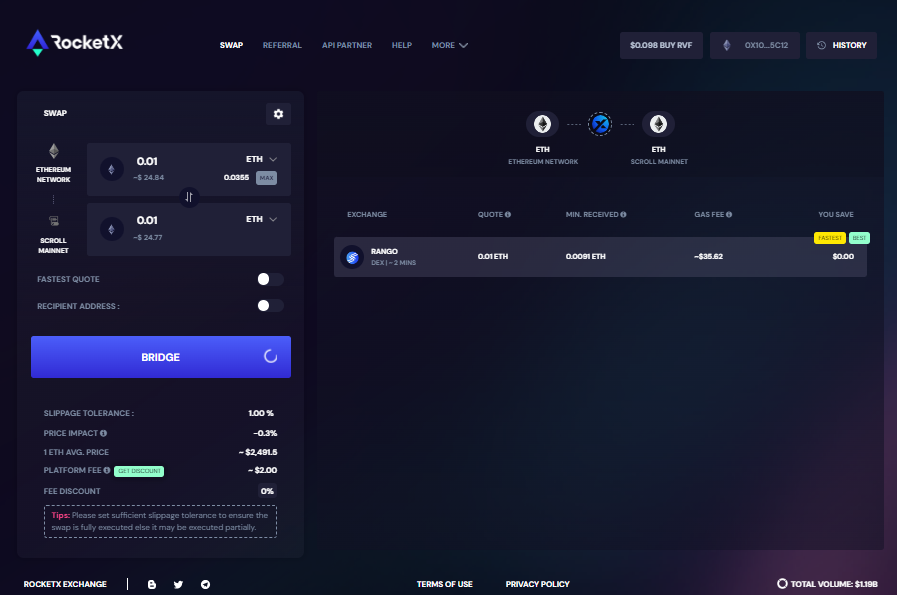
- Enter Amount: Specify the amount to transfer.
- Confirm Transaction: Review the details and click on bridge. Confirm the transaction in your wallet.
- Transaction Completion: Once confirmed, the assets will be bridged to your selected network.
RocketX provides support for a variety of tokens to facilitate bridging, offering users flexibility and convenience. To boost your engagement, consider conducting some swaps on the this Network. Participating in transactions and utilizing different dApps can help increase your visibility, potentially making you eligible for future airdrops and rewards.
Conclusion
RocketX’s integration with the Scroll blockchain represents a major step forward in decentralized finance. This collaboration enables seamless cross-chain transactions and utilizes advanced technology to provide users with enhanced flexibility, efficiency, and security in the DeFi landscape.
The potential for future airdrops and rewards makes engaging with the Scroll network even more enticing. By following the steps outlined in this article, you can easily bridge your assets, participate in the ecosystem, and position yourself for potential future benefits. Stay active, stay engaged, and explore the vast opportunities within the Scroll network.

